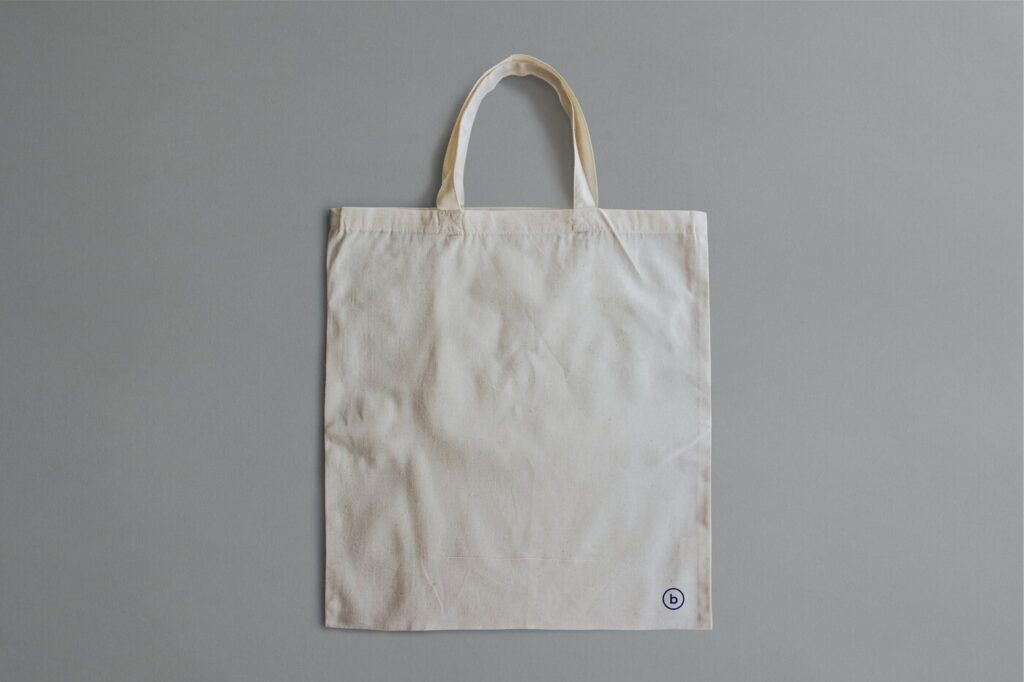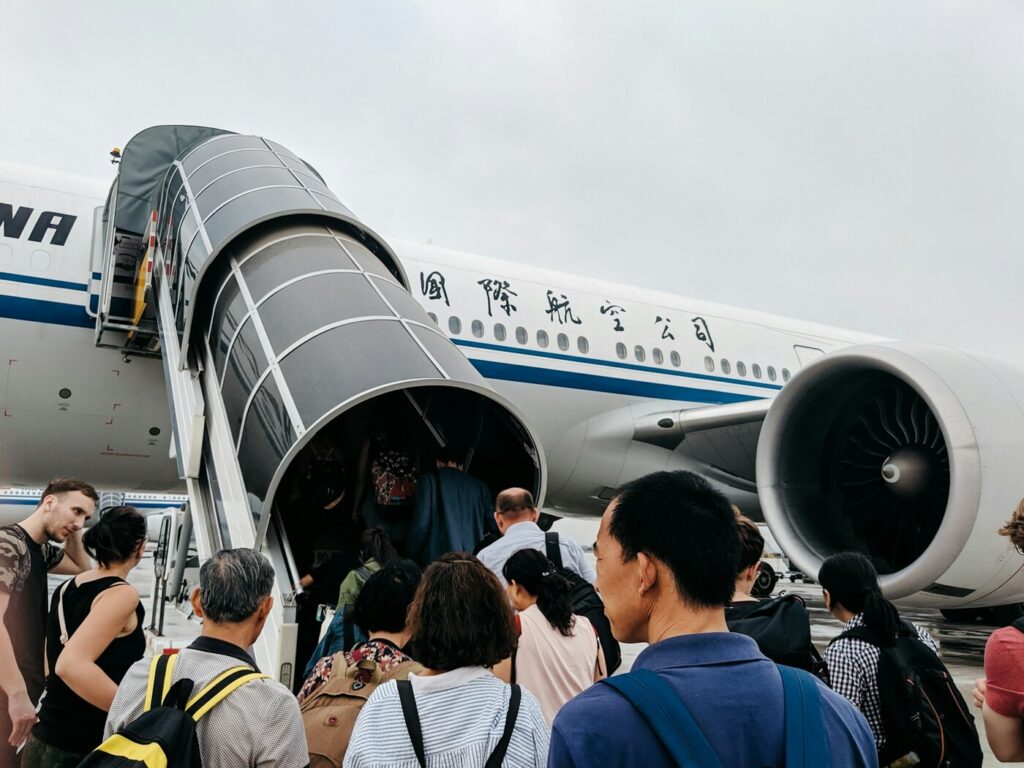
Packing a tote bag for travel can be tricky. Most tote bags are not really built to withstand the rigors of travel – they are not durable enough, not huge enough, and lack compartments to keep all your travel essentials organized. Nonetheless, such bags are worth our time as a tote bag with the right features has many uses for travel. Good packing and organization can go a long way to protect your items and enable a seamless travel experience.
What are the cons of bad packing and organization? There are plenty.
Bad organization can also cause inconveniences that range from minor to major:
- You may struggle to find your items as they’re all tossed into the single open compartment of your tote bag.
- Your tote may not be flight-ready and you may have to re-organize your bags at the airport at the last minute.
- The worst situations pertain to damaged or lost items. For instance, you may damage your tech devices or make your tote bag susceptible to pickpocketing or a snatch and grab.
Given that a travel tote isn’t unpopular amongst travelers, let’s explore how you can pack and organize a tote bag for travel.
In short, here’s what you should do: Place heavier items at the bottom of your travel tote. Store your items in a space-efficient way in your tote’s existing compartments while using zip-lock bags or pouches for better organization. Leave out electronics unless your tote is purpose-built for them.
That’s the standard answer that generally applies in all situations, whether you’re packing your tote bag for a flight or utilizing it as your day bag.
Yet, read on for further details that you’ll find useful, including what to pack in a tote bag for travel and how to organize it for specific uses (e.g. boarding the plane vs using it as a day travel bag).
What to Pack in a Tote Bag for Travel
Now what exactly do you pack in your tote bag? As a tote is not an ideal travel bag, you should really start by choosing the right tote for your travel needs – ideally one that has multiple compartments and durable construction to withstand the rigors of travel.
Assuming you have picked a reasonably efficient tote bag for travel, there are certain ways you should pack and organize it to mitigate any potential issues. We start by looking at the items that are generally fine for storing within a tote.
While a tote may not be suitable for specialized gear, it is perfect for carrying most essential items. Consider its limits of space and weight.
Items for your travel tote can entail clothing, bathroom items, and self-care essentials including day bag items such as sunscreen, medications, and first-aid tools. You can include certain tech gear like chargers and adapters (organized into compartments), amongst snacks and miscellaneous items.
Here’s a comprehensive list:
Clothing and Accessories
- T-shirts and shirts
- Hat or cap
- Socks
- Underwear
- Jacket or sweater
Toiletries and bathroom essentials
- Travel-sized shampoo, conditioner, and body wash
- Toothbrush and toothpaste
- Deodorant
- Hair gel
- Face wipes or tissues
- Compact hairbrush or comb
- Shaver
Tech gear (ideally organized into compartments)
- Chargers
- Universal travel adapter
- Power bank
- Wired or bluetooth earpiece
Self-care items and essentials
- Medications and supplements
- Makeup and cosmetics
- Sunscreen
- Lip balm
- First-aid items
- Umbrella
- Wet wipes and tissues
Snacks and Hydration
- Water bottle
- Healthy snacks like nuts, granola bars, or dried fruit
- Gum or mints
Miscellaneous and/or contingency items
- Plastic bags
- Takeout bags or other tote bags
- Travel-sized laundry detergent (for longer trips)
- Travel pillow or neck support
As you can see, totes can make great travel bags that store a variety of items.
Generally, I’d caution you against placing your essential travel documents and personal belongings (eg. passport, wallet, keys, and phone) in a tote bag unless it has secure compartments for their storage. These are compartments that are easily accessible yet not easy for others to spot or steal.
These items are too valuable so you do not want them to get ‘lost’ after conveniently tossing them into your tote. It shouldn’t be a problem if you’re careful and not in a city/area particularly prone to theft and pickpocketing.
This article was originally published on unboundist.com. If it is now published on any other site, it was done without permission from the copyright owner.
Packing Tech Devices and Accessories
Travelers who work on the move, such as those carrying laptops and cameras, may find that tote bags lack the specialized compartments and protective features offered by dedicated, specialized bags.
Hence, when including tech devices in your tote bag, be mindful of their safety and protection:
- Laptop: Ensure your tote bag has a padded compartment for your laptop. If not, use a protective laptop sleeve – even then, it is not ideal and you need to ensure your laptop is not being crushed or knocked into by other (weightier) items within your tote.
- Accessories: Look for a tote with enough compartments or use pouches to organize chargers, cables, and other accessories.
In general you want to pack your bag well without overloading it. Overpacking a tote is not the best way to safeguard any tech devices that you may be similarly storing.
Organizing Your Travel Tote Bag
Since tote bags lack built-in compartments, efficient organization is key.
Utilize zip-lock bags and pouches to keep items separate and easily accessible.
For instance, utilize zip-lock bags for these benefits:
- Waterproofing: Zip-lock bags provide an extra layer of protection against liquids. This is especially crucial for toiletries, preventing spills that could damage clothing, gadgets, or important documents.
- Organization: Zip-lock bags help compartmentalize and categorize items, making it easier to find what you need quickly. You can use different bags for toiletries, electronics, snacks, and other categories, keeping your tote bag neatly organized.
- Visibility: Transparent zip-lock bags allow you to see the contents without rummaging through the entire bag. This saves time and prevents the need to unpack everything to find a specific item.
- Space Optimization: Zip-lock bags are flexible and can be compressed to fit into small spaces. This is useful for maximizing the limited space within a tote bag and ensuring you can pack everything you need without excessive bulk.
Similarly, pouches can offer you some of the above benefits, but also the following:
- Ease of Access: Pouches provide a designated space for each category of items, ensuring that everything has its place. This makes it quicker and more convenient to find what you need, especially in situations where time is of the essence, such as during security checks at airports.
- Compact Packing: Pouches are often designed to be compact and flexible, allowing you to make the most of the limited space within your tote bag. They are also lightweight, ensuring that they don’t add unnecessary bulk to your luggage.
Next, you should figure out what goes to the bottom and what stays at the top of your travel tote.
Heavier items or items that take up more space can go to the bottom. This stops them from crushing and exerting pressure on other more delicate items. For instance, these items can be shoes, a small umbrella, clothes, or a packed lunch.
What goes to the top of a tote bag are items that you want to conveniently access, provided that you are careful. Examples are your essentials like wet wipes and tissue papers, reading material, headphones, or fragile items like sunglasses (which can also be placed in an exterior pocket).
Finally, consider tools for space efficiency. As mentioned, zip-lock bags are versatile and can be compressed to save space, while pouches can help you keep more items efficiently. Packing cubes can also compress and organize clothing items. Foldable or collapsible items like a foldable travel bag can serve as an extra storage option when needed.
Besides these tools, you can also optimize the way you pack for space-efficiency. For instance, roll your clothes instead of folding them. Use layering as a technique, starting by placing heavier or bulkier items at the bottom, creating a stable base, followed by layering clothes and softer items on top of the base layer. Nest smaller items inside larger ones. For instance, place socks inside shoes or store smaller pouches within larger ones.
Packing Your Tote Bag to Board the Plane

Now let’s delve into the specifics of packing your tote for boarding a flight.
Depending on whether you intend your tote to be a carry-on baggage or personal item, there are some differences.
Packing your tote as a personal item (stored under airplane seat):
- You want to keep essential items easily accessible within your tote bag, as you may need to retrieve them during the flight.
- Ensure the tote is small enough to fit under the seat in front of you, abiding by the airline’s size dimensions.
Packing your tote as a cabin bag (stored in overhead compartments):
- Similarly, abide by the airline’s size dimensions for storing your tote bag in its overhead compartment.
- if you plan to place your tote in the overhead compartment, it’s better to not store your laptop inside it to avoid knocks from other luggage. Furthermore, you may want your laptop easily retrievable for use during a flight (through your personal item bag).
- Ensure that the top of your tote bag is properly closed (by a zipper or button snap) so no items fall out of the overhead compartment; you do not lose your items or injure other passengers).
Before boarding the plane, it’s a good idea to store all your gels and liquids in one clear, transparent bag (such as a Ziploc) for inspection by security. Ensure they are in containers that are 100ml or less. If this ‘bathroom bag’ is placed in your tote, ensure that it’s not at the bottom, so that it can be easily retrievable during security screening – without the need to rummage through the entire bag.
Packing Your Tote Bag as a Day Bag
When using your tote bag as a day pack, focus on practicality, ergonomics, and safety:
- Weight Consideration: Avoid overloading to maintain comfort. Keep it light with essentials.
- Security/Safety: Be cautious of pickpockets. Use anti-theft features if available and keep valuable items secure. If you’re visiting a city/area which has higher odds of theft/pickpocketing, check out these must-know tips for securing your tote bag before you go.
Here are examples of items to pack your day tote:
- Must-have items like your identification documents, keys and chargers
- Self-care essentials such as medications and sunscreen
- Electronics such as your laptop and noise-cancelling headphones if getting some work done (provided your tote can safely store tech devices)
- Contingency items like an umbrella, maps or guidebooks, and extra plastic bags
Related: The Ultimate Guide to Packing Your Day Bag for Travel
Conclusion
Packing a tote bag for travel is a skill. By doing it well, you can ensure that your essentials are readily accessible and your belongings stay well-protected, whether on a plane or during a day trip.